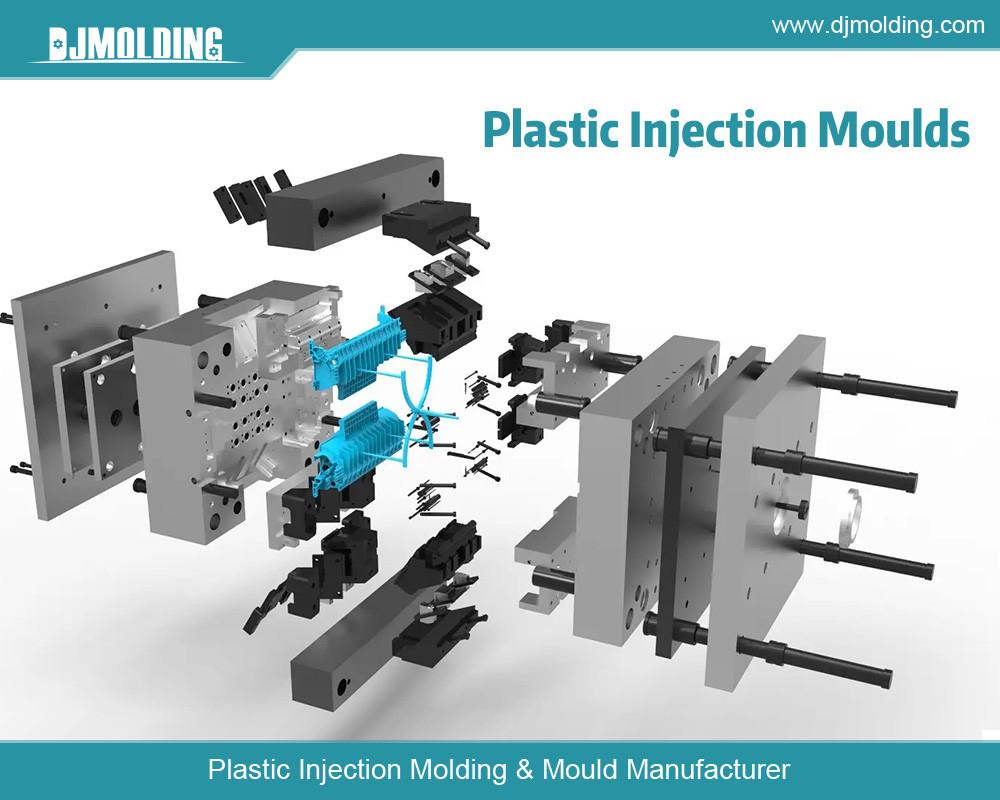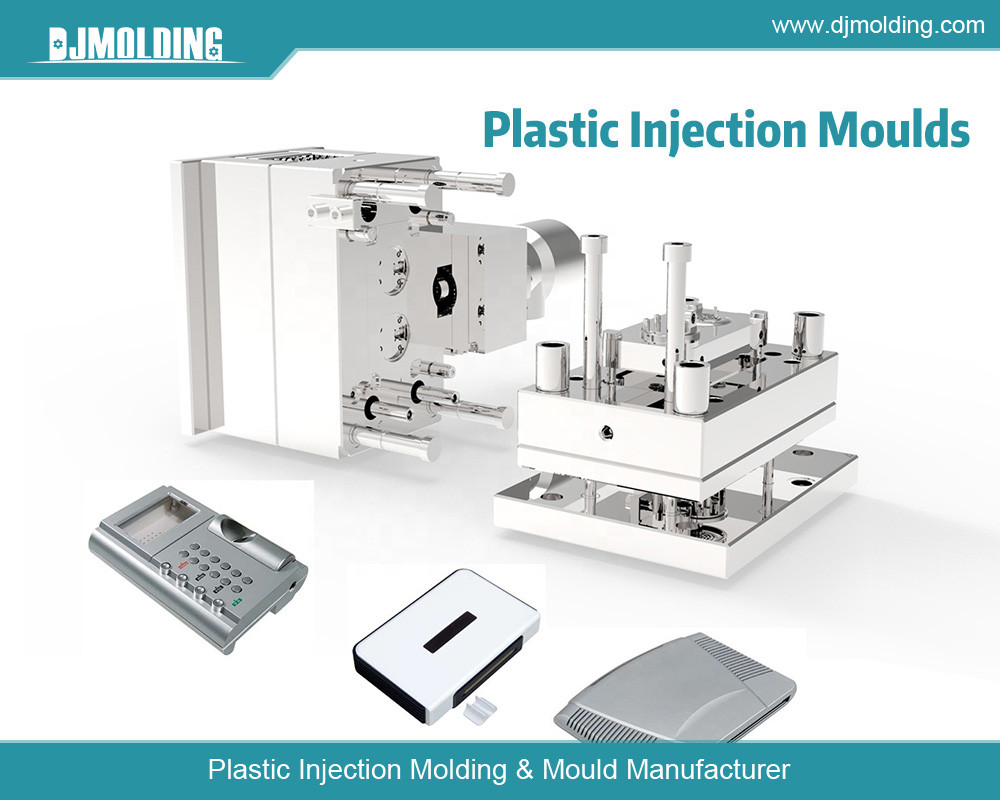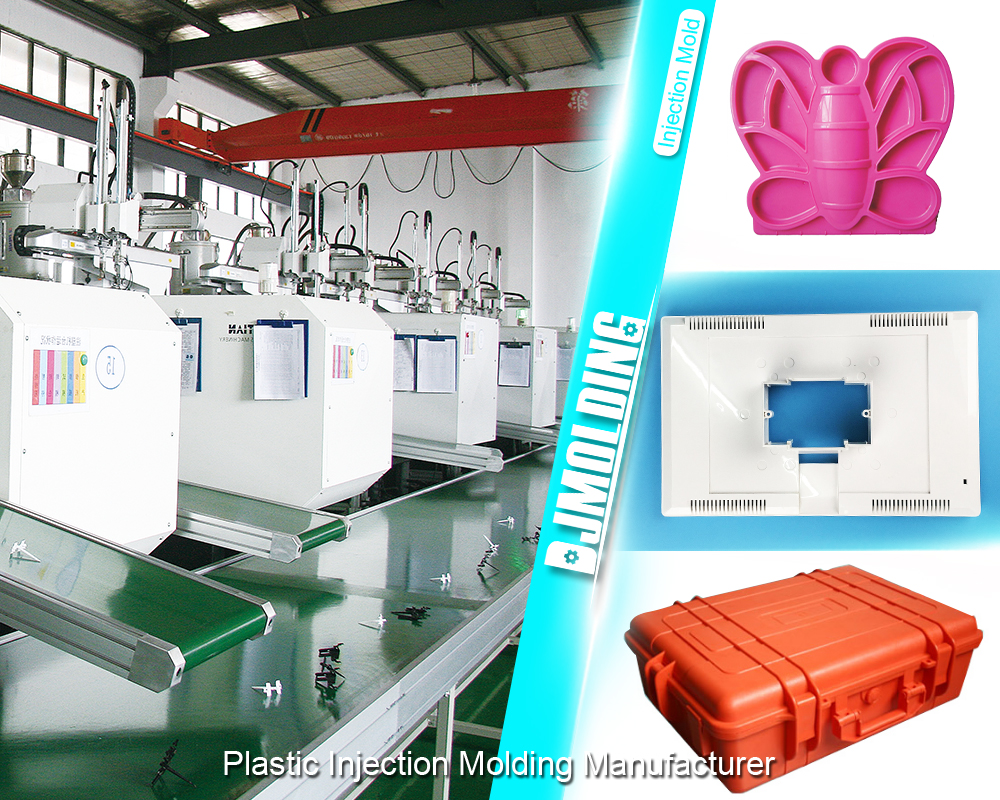CNC Machining vs. Injection Mold Making: Choosing The Right Manufacturing Process
CNC Machining vs. Injection Mold Making: Choosing The Right Manufacturing Process
Efficiency and precision are paramount in manufacturing. Whether you’re developing prototypes or mass-producing parts, selecting the appropriate manufacturing process can significantly impact your product’s quality, cost-effectiveness, and time to market. Two widely used methods in modern manufacturing are CNC machining and injection mold making. Each method has its strengths and applications, making understanding their differences and considerations crucial when deciding which to employ for your project.

Understanding CNC Machining
Overview and Principles
Computer Numerical Control (CNC) machining is a versatile subtractive manufacturing process where pre-programmed computer software dictates the movement of factory tools and machinery. It removes material from a solid block or billet to create a custom-designed part or prototype. CNC machines operate on axes (typically three to five), allowing for precise cutting, drilling, and milling operations on materials like metals, plastics, and wood.
Process and Workflow
The CNC machining process begins with CAD (Computer-Aided Design) software, where engineers create a detailed digital model of the part to be machined. This CAD file is then converted into a CNC program containing instructions for the machine’s movements and cutting paths. Once the program is loaded into the CNC machine, it executes these instructions by rotating cutting tools along multiple axes, removing material until the final part shape is achieved.
Materials and Applications
CNC machining supports various materials, including aluminum, steel, titanium, brass, and various engineering plastics. Its versatility makes it suitable for prototyping, low-volume production runs, and high-precision components requiring tight tolerances. Industries such as aerospace, automotive, medical device manufacturing, and consumer electronics frequently utilize CNC machining for its accuracy and flexibility in producing complex geometries.
Advantages of CNC Machining
- Precision: CNC machining offers high accuracy and repeatability, making it ideal for intricate parts with tight tolerances.
- Versatility: It can work with various materials and geometries, from simple to highly complex designs.
- Prototyping Capabilities: Rapid prototyping enables quick iterations and adjustments during product development.
- Cost-Effective for Low Volumes: Suitable for small to medium production runs without expensive tooling.
Challenges of CNC Machining
- Material Waste: The subtractive process generates waste, especially when machining complex shapes.
- Lead Times: Longer lead times compared to injection molding for large production volumes.
- Initial Setup Costs: Requires programming, setup, and tooling costs, which may be higher for small batch sizes.
Understanding Injection Mold Making
Overview and Principles
Injection mold making involves creating a custom mold or tool to produce identical parts through injection molding. It is a versatile manufacturing technique that produces large parts with high precision and repeatability. The process starts with designing and manufacturing the mold. It is then mounted on an injection molding machine to inject molten material into the mold cavity, where it solidifies to form the desired part.
Process and Workflow
The injection mold-making process begins with product design and CAD modeling, followed by mold design and fabrication. Once the mold is ready, it is installed on an injection molding machine. The machine heats the material (usually plastic pellets or resins) to a molten state and injects it into the mold under high pressure. After cooling and solidification, the mold opens, and the finished part is ejected. This cycle repeats rapidly, allowing for high-volume production of identical parts.
Materials and Applications
Injection molding is commonly used with thermoplastics and thermosetting polymers but can also work with metals and elastomers. It is suitable for various industries, including automotive, packaging, medical devices, and consumer goods, where mass production of precise, uniform parts is required.
Advantages of Injection Mold Making
- High Efficiency: Rapid production cycle times enable mass production of identical parts.
- Precision and Complexity: Produces parts with intricate details and consistent quality.
- Material Efficiency: Minimal material waste compared to CNC machining due to the nature of the injection molding process.
- Cost-Effective for High Volumes: Once the mold is made, it is economical for large production runs, amortizing tooling costs over many parts.
Challenges of Injection Mold Making
- Initial Setup Costs: High upfront costs for mold design, fabrication, and setup.
- Lead Times: Longer lead times for initial mold production and modifications.
- Design Limitations: Complexity and cost constraints may limit design flexibility, especially for small production runs or prototypes.
Comparative Analysis
Cost Considerations
CNC machining is typically more cost-effective for small to medium production volumes or prototypes due to lower initial setup costs and faster setup times. Injection mold-making becomes more economical for large production runs as the per-unit cost decreases with higher quantities.
Speed and Lead Times
CNC machining offers quicker turnaround times for prototypes and small batches since it doesn’t require mold fabrication. Once the mold is ready, injection molding can produce parts at a faster rate, making it advantageous for large-scale production.
Design Flexibility
CNC machining allows for greater design flexibility and faster iterations during prototyping stages. It can easily accommodate design changes without significant additional costs. Injection molding, while more rigid in initial design due to mold constraints, excels in producing complex geometries and uniform parts once the mold is finalized.
Material Selection
Both processes support a wide range of materials, but CNC machining is more versatile regarding material compatibility. It can handle metals, plastics, composites, and even wood, whereas injection molding is primarily used with plastics, although it can also work with certain metals and elastomers.
Quality and Precision
Both CNC machining and injection molding offer high precision and repeatability. CNC machining is preferred for tight tolerances and intricate geometries, whereas injection molding ensures consistent part quality across large volumes.
Choosing the Right Process
The decision between CNC machining and injection mold making ultimately depends on your project’s requirements, including production volume, design complexity, material selection, and budget constraints. Consider the following factors when making your choice:
- Volume: High volumes favor injection molding due to lower per-unit costs once the mold is made. Lower volumes or prototypes are more cost-effective with CNC machining.
- Design Complexity: CNC machining is better suited for intricate designs and rapid prototyping. Once the mold is fabricated, injection molding is ideal for complex geometries.
- Material Compatibility: Evaluate whether your material needs align with each process’s capabilities. CNC machining offers broader material options.
- Budget and Timeline: Consider initial setup costs, lead times, and ongoing production costs to determine the most cost-effective solution for your project.

Conclusion
CNC machining and injection mold making are two indispensable manufacturing processes with unique strengths and applications. Understanding their differences in cost, speed, flexibility, and material capabilities is crucial for making informed decisions that align with your project goals. Whether you’re creating prototypes, manufacturing small batches, or mass-producing parts, selecting the proper manufacturing process can significantly impact your product’s quality, cost-effectiveness, and overall success in the market.
For more about cnc machining vs. injection mold making: choosing the right manufacturing process,you can pay a visit to Djmolding at https://www.djmolding.com/cnc-machining-service/ for more info.




